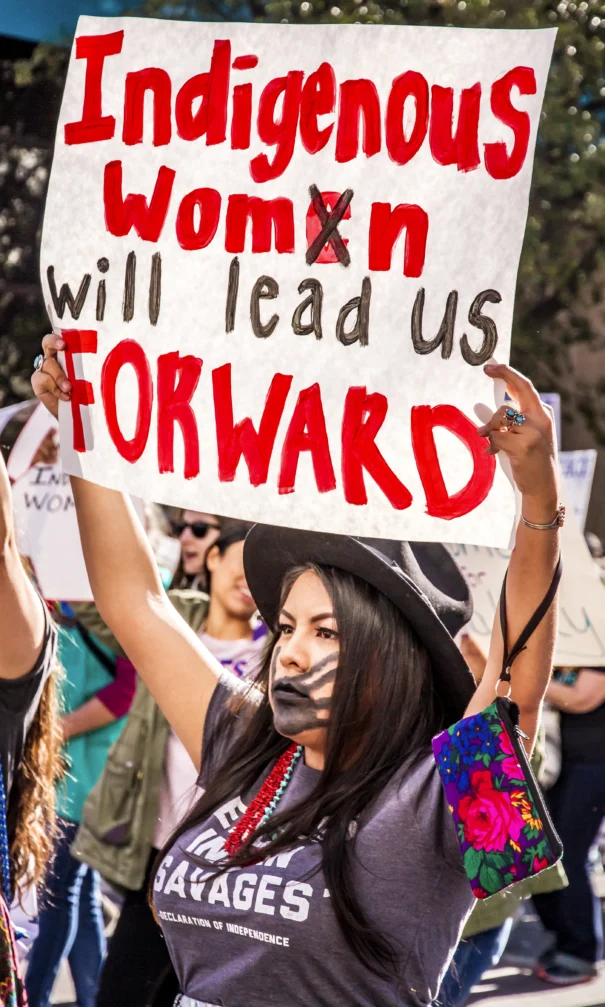
Photo by Dulcey Lima
People often wonder what the world would look like if it were run by women. Would there be less war? Greater partnership between countries? Universal access to health and social care? Safer streets?
Of course, the number of female leaders has increased dramatically in the last few decades. Then again, anything can be a dramatic increase from zero. From Iceland to Mexico, women are winning elections and, by doing so, finally have the opportunity to prove the benefits that come with female leadership.
Despite never having elected a female president, there is one place you can find female leadership in the United States: indigenous tribes. Matriarchal structures in indigenous tribes hold huge cultural and historical significance. The Iroquois Confederacy, also known as the Huadenosaunee or Six Nations, comprises the Mohawk, Oneida, Onondaga, Cayuga, Seneca and Tuscarora nations. They are divided into clans, which are maternal, and clan identity is passed down through the maternal line. The central figures in this matriarchy are the Clan Mothers, the elder women of the clan, and they hold important political power and responsibilities. They have immense power in choosing the male chiefs, known as Sachems, who represent the clans in the Grand Council. Along with this, they provide counsel and guidance to the chiefs. Other traditions in indigenous culture uphold the matriarchal structures that provide these tribes with positive leadership. Women traditionally control the land and its resources and oversee family and domestic affairs, raising the next generations to appreciate and respect female leadership.
Recently, the Shinnecock Indian Nation elected the first female chair of its Council of Trustees in over 200 years, Lisa Goree. Located on the eastern side of Long Island, the Shinnecock were only recognised by the federal government after a thirty year effort. Goree’s election represents a historic milestone for women in the tribe who were not allowed to vote until 1994. She describes her election as a “changing of the guard” and looks forward to changing relations on and off the reservation.
There are important factors that must be recognised when discussing the relations the tribe has with the surrounding community. The stark contrast between the reservation and the affluent Southampton next door vividly illustrates the legacy of land theft from indigenous communities and highlights how this historical injustice continues to strain the tribe’s relations with the Hamptons community today. Goree approaches her newfound leadership with an appreciation for how her female perspective may create a clearer path for the reservation to bring in much needed revenue that can only be achieved through partnership with outside communities. Having to negotiate for access to land that you know belongs to you is no easy task, but one that Goree through her years of leadership experience and female perspective has all the power to achieve.
